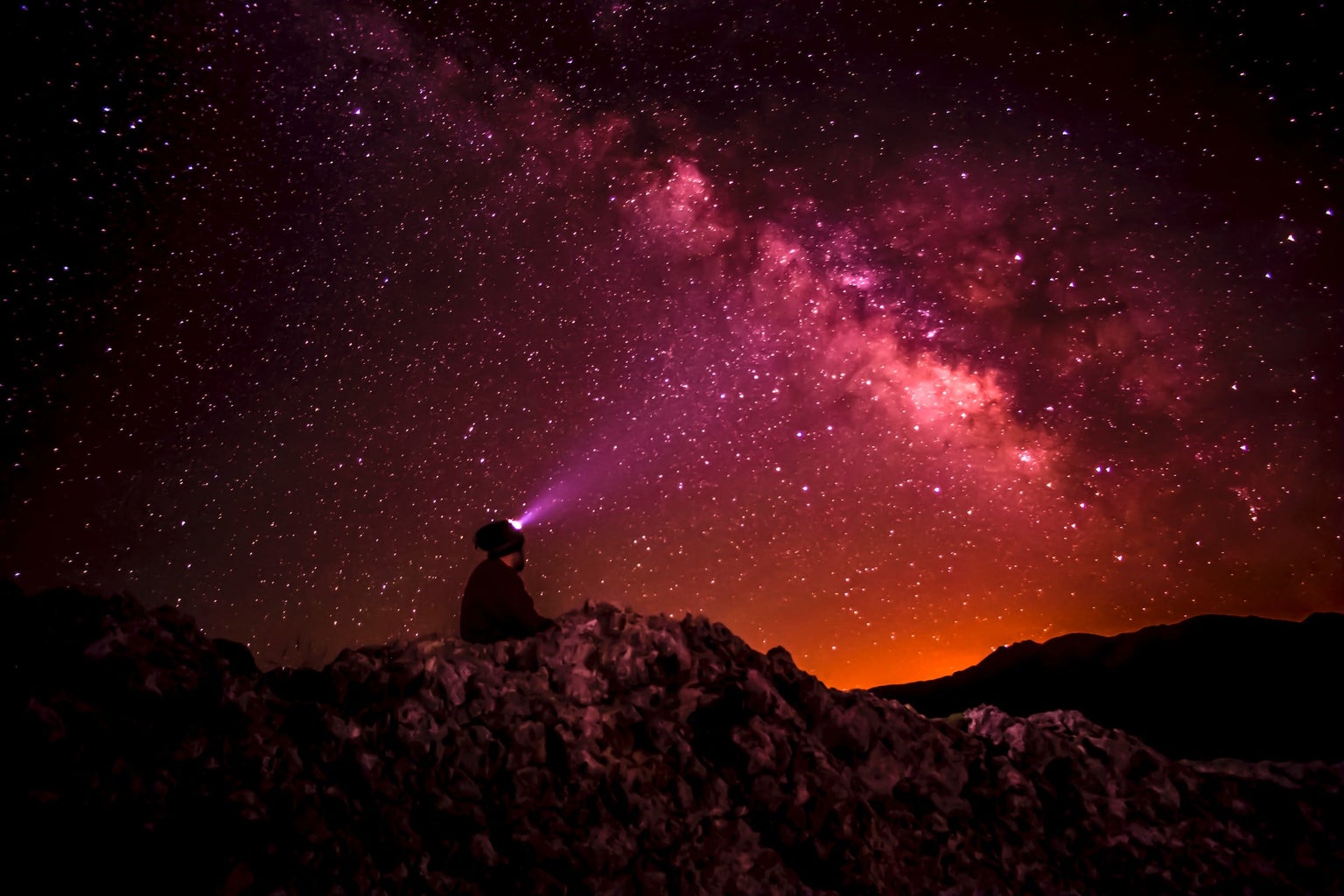– EDITED BY PRACHI BHARTI
Familiarity is such an important thing. It can be as motivating as an affirmation and as comforting as a hug on a cold winter day.
I am an aspiring scientist. With my messy hair and my ambitious smile, I have always wanted to be someone like Einstein, Archimedes or Newton. But there are too many differences between them and I, to tally. Most importantly, I’m a woman and they’re nowhere near close.
It was in 12th grade biology, while studying about the structure of DNA when I discovered Rosalind Franklin, a pioneer of the double helix model. And although names like Kalpana Chawla and Marie Curie had been with me throughout my childhood, I had never realised the true poignance of their work. So, from then on, I started my little journey of discovering familiarity, of finding ‘home’ in this lab full of people.
So, here is a list of some female scientists, whom I believe, should be talked more about:
BEATRICE SHILLING
An aeronautical engineer by profession and a rather successful motorcycle racer by passion, she specialized in the elimination of piston temperatures of high-speed diesel engines. She has most notably designed a small thimble like device, to be used as a stop-gap to prevent the engine from stalling during wartime. Her mantra was to drive the car at full speed and if it weren’t fast enough, she’d have the tools to make it faster. The self-sufficiency of this woman is immaculate. Coincidentally, she was born on 8th of March 1909.
JOCELYN BELL BURNELL
Born on 15th July 1943, she played a notable role in discovering Pulsars, which are essentially neutron stars observed to be rotating as well as emitting pulses of radiation regularly, generally varying between milliseconds to seconds, while completing her doctorate. She has been elected as the president of Royal Astronomical Society (2002-04) as well as the Institute of Physics(2008). Further, she has also very recently (in 2021) received the Copley Medal.
SOPHIA LOUISA JEX BLAKE
Becoming a medical practitioner as a woman back in the nineteenth century had been a ground-breaking jaunt. It definitely wasn’t an easy journey. Sophia Jex-Blake was a part of the Edinburgh Seven, whose resilience have stood the test of time. After campaigning for a decade for their right to attend medical school and practice medicine as women to pointing out how womens’ medical knowledge had been limited to midwifery and childcare which were considered domestic or non-professional, her views had garnered many supporters in the form of physicians, scientists etc., including the very distinguished Charles Darwin. Dr. Jex-Blake had also established ‘the Edinburgh School of Medicine for Women’ and was very insistent on learning and spreading the knowledge of History of Medicine.
KATHERINE JOHNSON
Her work includes “Determination of Azimuth Angle at Burnout for Placing a satellite over a selected Earth Position”, which lays out the equations for describing an orbital spaceflight in which the landing position of the spacecraft is specified. She is most renowned for calculating by hand the equations that were fed in the computer to test whether the orbital mission of John Glenn would be successful, which it was. Her greatest contribution to space exploration according to her were the calculations that synced Project Apollo’s lunar module with lunar-orbiting command and service module. Such a gem!
CECILIA PAYNE-GAPOSCHKIN
Inspired by Einstein and with the help of the work of Indian astrophysicist Meghnad Saha, Cecelia became quite the star of her game. An astronomer by profession, she’s most acclaimed for determining the composition of stars, i.e., helium and hydrogen. Besides that, her interests had been piqued by the likes of cepheid variables, variable stars and novae.
This list is inexhaustible, but for now, let’s stop here.
All 5 of these women have played very influential and pivotal roles in their own rights. Their work is still significant to this day and new-age scientists are still basing their work upon these womens’ whose names somehow got obscured. So, here’s to refreshing their journeys and celebrating what they’ve achieved.





